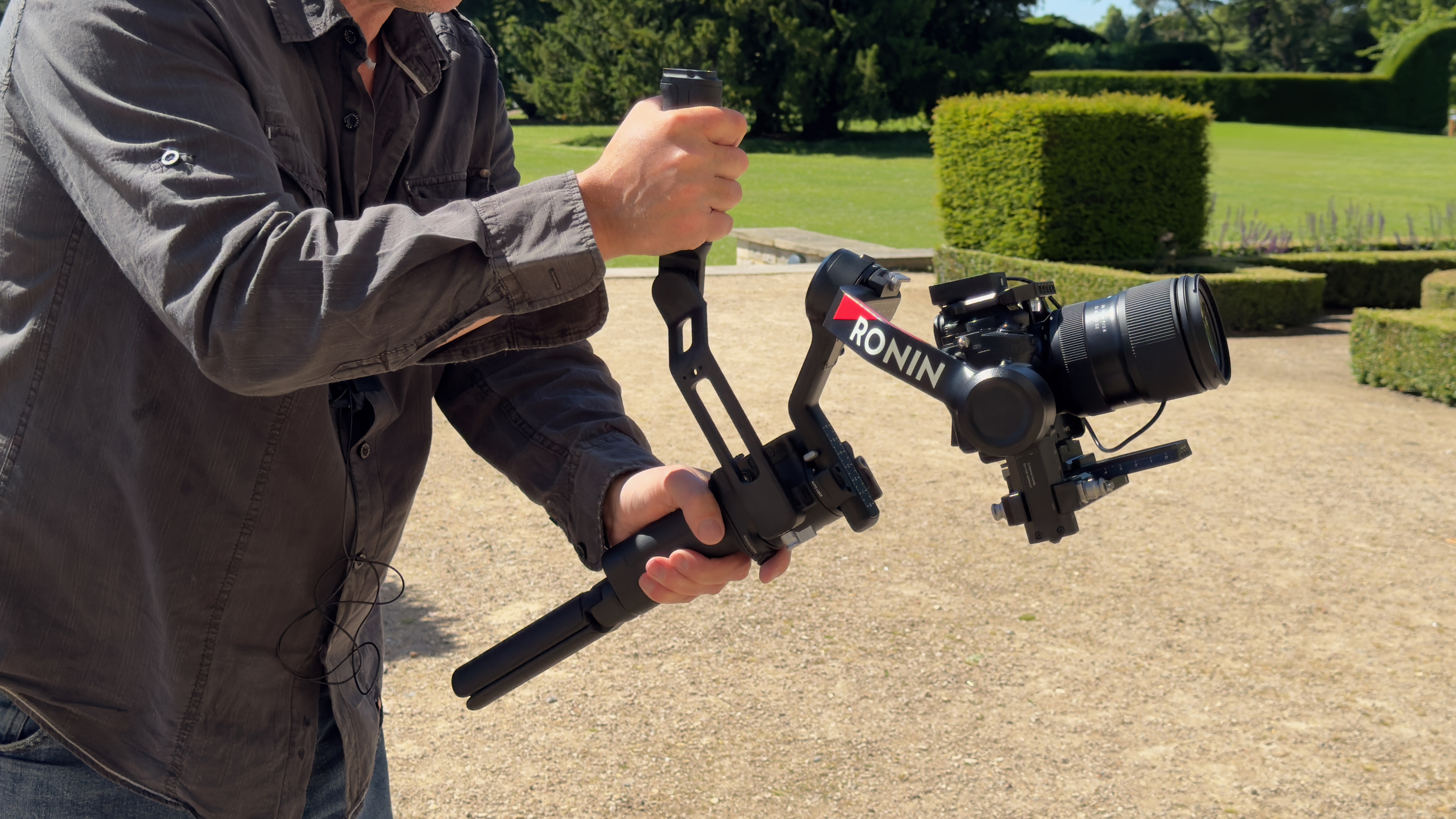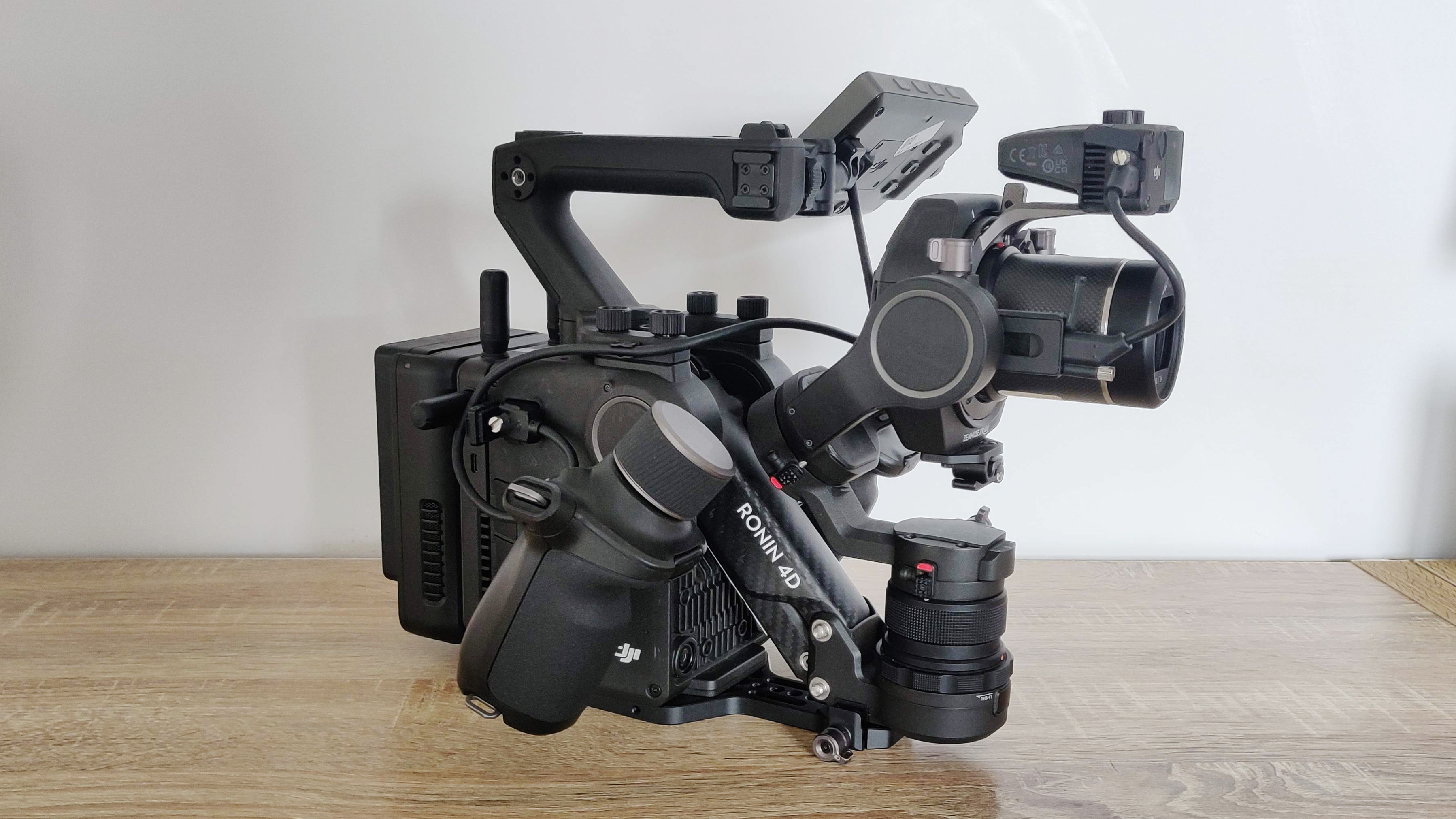
“The best advice I can give you if you want to work with gimbals is preparation.”
Those are the words of filmmaker and wildlife photographer, Libby Penman, speaking with veteran wildlife cameraman Gavin Thurston at Wildscreen Festival last week. The pair were hosting a masterclass on gyro-stabilized systems and gimbals.
“Big set-ups obviously take prep, but there are loads of things you can do beforehand with big and small set-ups, even in your flat before you leave for a shoot.
“Take all the lenses and balance test. It’s a process of trial and error, and it might seem obvious, but these are always the things that we forget when we’re starting out. Each lens needs to be perfectly balanced before you get to a shoot, it looks more professional and saves time when the client is on the clock.
“Take into account differences in weight and space changes when you zoom in and out, and store all the information on your phone for future reference. Another tip is if you do need to balance on a set, make sure you tell the client or talent, because it can look like the gimbals are unbalanced and you’re just sitting on your phone.”
One of the incredible aspects of an event like Wildscreen is having first-hand access to the wealth of experience of such incredible experts – along with their insider tips and knowledge.
“Don’t fall over,” advised Thurston, referencing the many videos on YouTube of people falling over with gimbals, hurting themselves or writing off kit.
“If you ever work with me my main rule is, if it’s you or the kit, chuck the kit. Don’t think twice about trying to save the camera or the lens. If you’re a freelancer and you break an arm or a leg, that’s the amount of money as buying another gimbal. Don’t get a Darwin award for falling over.”

A key piece of kit brought out on stage and heavily praised by both experts was the DJI Ronin 4D-8K.
“One of my pet hates with gimbals is the Z-Axis,” Thurston told the audience, “You’re now shooting for viewers with UltraHD televisions, and it’s very technical and difficult to get rid of the bobbing.
“The clever thing about the DJI Ronin 4D-8K is that it has 4D stabilization.”
For the audience's benefit, Thurton then demonstrated the live shot while deliberately shaking the camera.
“It really takes out most of that movement, it’s revolutionary – cinema rock steady, and the only camera I know that I know of that can do this at the moment.”
Both experts concluded that filming with a gimbal is both a skill and an art.
“The skill needs to come first,” said Thurston, “It needs to become second nature, akin to driving a car for those of us that do, and if you grew up playing video games you should be able to work a joystick.
“But the most important thing is then using those skills and mastering the tool to tell the story. Getting glossy high-quality images is all well and good, but unless you’ve got a fantastic story attached, it’s just a magazine and people will get bored of it.”
Take a look at our guides to the best gimbals for mirrorless and DSLR cameras, the best smartphone gimbals for iPhones and Android phones, the best gimbal heads for tripods.







